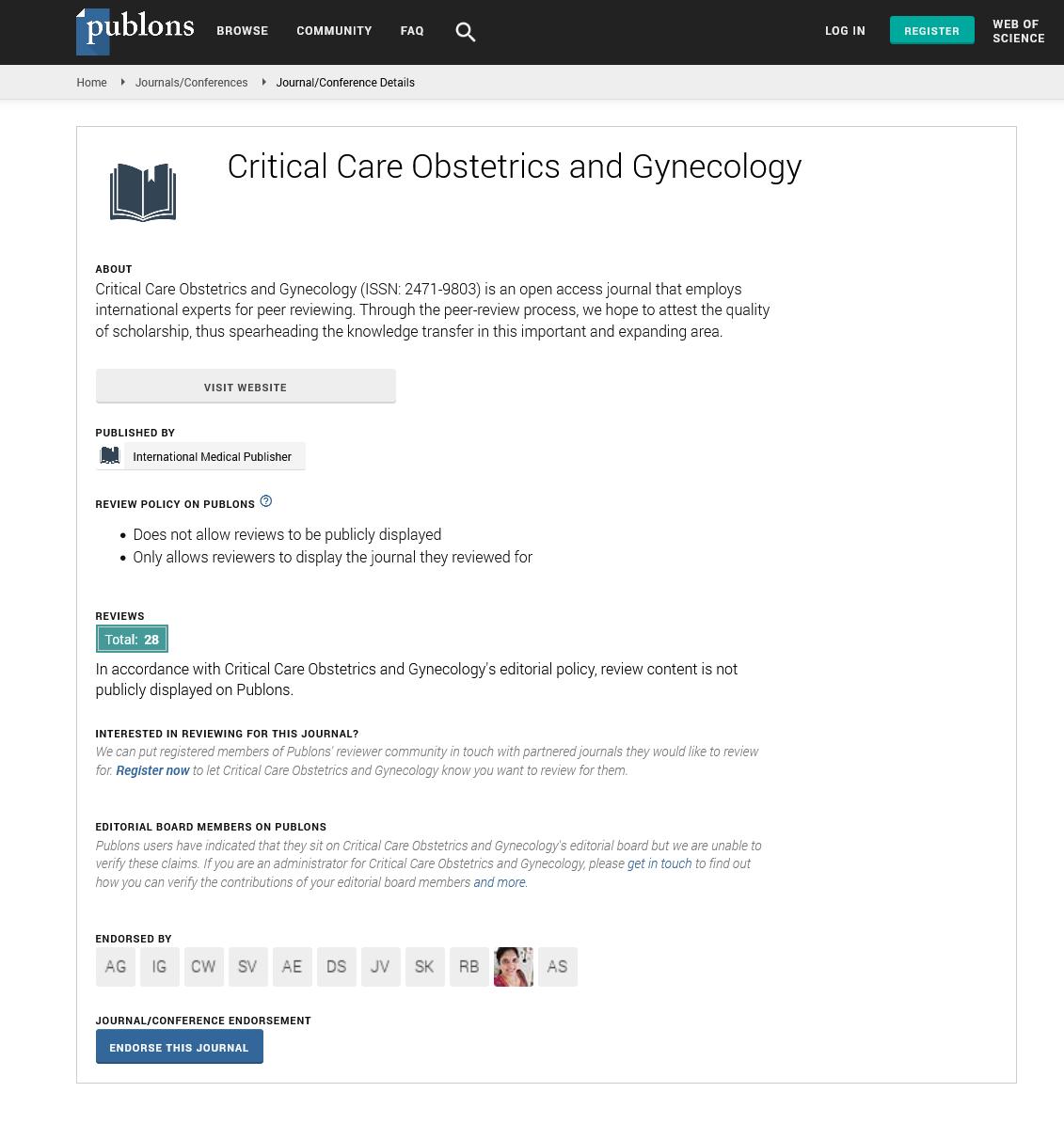Abstract
Retrospective Evaluation of the Role of Surgery in Antenatal Ovarian Torsion
Antenatal ovarian torsion (AOT) is uncommon in newborns and must be distinguished from other congenital cystic masses of the abdomen and pelvis. The purpose of this study was to assess the prenatal features and postnatal consequences of AOT. AOTs are easily detectable throughout the prenatal period. Although neoplastic interaction with AOTs is uncommon, it is conceivable. Although AOTs can resemble other cystic diseases, it should be evaluated as one of the initial diagnosis in baby girls who have a palpable intra-abdominal mass and a complicated cystic lesion. It may be treated effectively and safely with minimally invasive procedures. If not treated promptly, ovarian torsion during pregnancy is a relatively rare condition with a significant patient morbidity and fetal death rate. Ovarian torsion is a clinical diagnostic that requires a high level of clinical suspicion on the part of the practitioner to guarantee that it is not overlooked. We cover the appearance as well as the operation and post-operative care of a unique case with intermittent ovarian torsion. Ovarian torsion is a condition that has a significant patient morbidity rate. When the patient is pregnant, this can result in fetal death and the loss of the patient's fertility.
Author(s):
Tim David
Abstract | PDF
Share this

Google scholar citation report
Citations : 148
Critical Care Obstetrics and Gynecology received 148 citations as per google scholar report
Critical Care Obstetrics and Gynecology peer review process verified at publons
Abstracted/Indexed in
- Google Scholar
- China National Knowledge Infrastructure (CNKI)
- WorldCat
- Publons
- Geneva Foundation for Medical Education and Research
- Secret Search Engine Labs
Open Access Journals
- Aquaculture & Veterinary Science
- Chemistry & Chemical Sciences
- Clinical Sciences
- Engineering
- General Science
- Genetics & Molecular Biology
- Health Care & Nursing
- Immunology & Microbiology
- Materials Science
- Mathematics & Physics
- Medical Sciences
- Neurology & Psychiatry
- Oncology & Cancer Science
- Pharmaceutical Sciences


